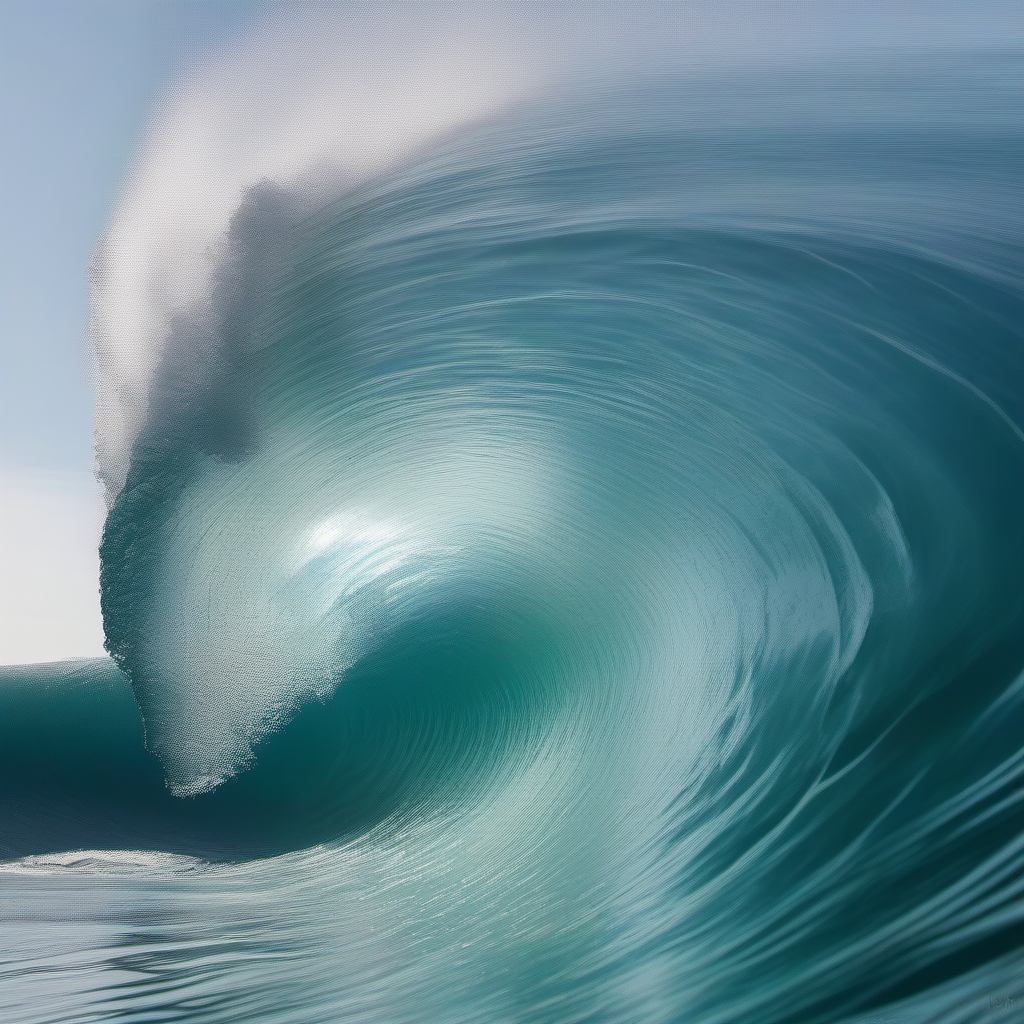1980s so climate change wasn’t a big concern because dumbasses like Exon encouraged an informational blackout.
Please do. Fuck Utah and the morning cult.
As someone who lives in north eastern Nevada I fully agree!
Most Utahns aren’t Mormon these days.
Technically true, but only just recently. The LDS church still has a stranglehold on state politics. SLC is an exception to that, but no the Mormons are still very much in charge of the state of Utah.
I know it’s a typo but that is a legit good nickname for Mormons, mother fuckers get up and start door to door preaching at the ass crack of dawn.
As an exmorning i agree!
I too am into the afternoon of my life. Fuck I hated getting up to go to sacrament meeting. When I was a kid, we still had two hours of classes afterwards, too. Jesus what a beatdown the Morning church was.
So we do all agree?
https://en.wikipedia.org/wiki/Great_Salt_Lake#History
Record high water levels in the 1980s caused a large amount of property damage for owners on the eastern side of the Great Salt Lake, and the water started to erode the base of Interstate 80. In response, the State of Utah built the West Desert Pumping Project on the western side of the lake. It began operation on April 10, 1987. This project consists of a pumping station (41°15′9.28″N 113°4′53.31″W) at Hogup Ridge, containing three pumps with a combined capacity of moving 1,500,000 US gallons per minute (95 m3/s), an inlet canal, and an outlet canal. Also, there are 25 miles (40 km) of dikes and a 10-mile (16 km) access road between the town of Lakeside and the pumping station.[17]
This pumping project was designed to increase the surface area of the Great Salt Lake and thus increase the rate of water evaporation. The pumps drove some of the water of the Great Salt Lake into the 320,000 acres (1,300 km2) Newfoundland Evaporation Basin in the desert west of the lake. A weir in the dike at the southern end of the Newfoundland Mountains regulated the level of water in the basin and it sometimes returned salty water from the evaporation basin into the main body of the Great Salt Lake.[17]
At the end of their first year of operation, the pumps had removed about 500,000 acre-feet (620,000,000 m3) of water from the Great Salt Lake. The project was shut down in June 1989, as the level of the lake had dropped by nearly six feet (1.8 meters) since reaching its peak levels during June 1986 and March 1987. The Utah Division of Water Resources credits the project with “over one-third of that decline”.[17] In total, the pumps removed 2,730,000 acre-feet (3.37 km3) of water while they operated.[18]
Although the pumps are no longer in use, they have been kept in place in case the level of the Great Salt Lake ever rises that high again.[19]
Victory!





